Understanding Vitamin D and Its Importance
Vitamin D, often referred to as the “sunshine vitamin,” plays a critical role in maintaining overall health. It supports bone health, boosts the immune system, and helps regulate calcium absorption. Many individuals struggle to get enough vitamin D, particularly during the winter months, when sun exposure is limited. This leads to concerns about vitamin D deficiency, which can result in conditions like rickets or weakened immunity.
Given the pivotal role of sunlight in vitamin D production, there is growing interest in alternative methods to ensure sufficient levels, such as light therapy lamps and other devices that claim to replicate the effects of sunlight exposure.
The Science Behind Light Therapy and Vitamin D
What Is Light Therapy?
Light therapy involves exposure to specific wavelengths of light to improve health. Devices such as light lamps or UV-free light sources are commonly used for seasonal affective disorder (SAD), helping regulate the circadian rhythm and improve mood. However, not all light therapy is created equal, and the type of light plays a significant role in its effectiveness for vitamin D production.
How Vitamin D Is Produced
Vitamin D production in the skin is triggered by exposure to UVB rays from sunlight. These rays penetrate the layer of the skin and convert cholesterol into vitamin D3, a precursor to the active form of the vitamin. While sunlight is the most natural source of vitamin D, UVB light therapy lamps are designed to mimic this process, offering an alternative during periods of limited sunlight exposure.
Red Light Therapy vs. UVB Light for Vitamin D
Can Red Light Therapy Help?
Red light therapy is popular for skin rejuvenation, reducing inflammation, and improving circadian rhythm, but it lacks the UVB radiation necessary for vitamin D production. Despite its benefits for visible light and infrared light therapy, it does not contribute to the body's ability to produce vitamin D. If your goal is to increase vitamin D levels, focusing on devices that emit UVB rays is essential.
UVB Light Therapy: The Gold Standard
UVB light is directly responsible for enabling the body to make vitamin D. Devices like sunlamps or tanning lamps emit specific UV wavelengths to replicate the rays from sunlight. These lamps can help maintain vitamin D levels, particularly for individuals living in high latitude areas or during the season of the year when natural sunlight is scarce.
Exploring Alternatives for Vitamin D
Lamps That Emit UVB
Using lamps that emit UVB is a practical option for those seeking to address vitamin D deficiency. These devices are often equipped with fluorescent bulbs designed to mimic the broad spectrum of sunlight. However, it is crucial to monitor exposure time to avoid skin damage or the risk of skin cancer.
Sunlamp Benefits
A well-designed vitamin D sunlamp can provide a safe and effective solution for natural vitamin D synthesis. These lamps often include a timer to ensure controlled usage, preventing overexposure. By replicating the UVB rays found in sunlight, they offer a reliable method for those who cannot rely on regular sunlight exposure.
Dietary Sources and Supplements
For individuals unable to use light therapy devices, vitamin D from food or supplements is an alternative. Foods rich in vitamin D3, such as fatty fish or fortified dairy, can help meet the requirements of vitamin D. Supplements can also be used to ensure a sufficient intake of vitamin D, particularly for those with medical conditions that affect vitamin D absorption.
How Effective Are Light Therapy Devices?
UVB Light and Skin Type
The effectiveness of UVB light therapy depends on several factors, including skin type and latitude. Individuals with darker skin tones may require longer exposure to produce the same amount of vitamin D as those with lighter skin. Similarly, those living farther from the equator experience less UV exposure, making UVB lamps a valuable tool for maintaining sufficient vitamin D levels.
Preventing Vitamin D Deficiency
Prevention of vitamin D deficiency is crucial for long-term health. Regular use of UVB light therapy devices can help maintain optimal vitamin D status without the need for prolonged sun exposure. However, users should be mindful of potential risks, including sunburn and skin cancer, and follow recommended guidelines for UV exposure.
Considerations When Choosing a Lamp
Key Features to Look For
When selecting a lamp for treatment of vitamin D deficiency, consider devices that emit the same spectrum of UVB light as natural sunlight. High-quality models often feature adjustable settings and a built-in timer to ensure safe usage.
Safety First
While UVB light therapy is effective, excessive UV exposure can damage the skin and cause premature aging or increase the risk of skin cancer. Always follow the manufacturer’s recommendations and consult a healthcare provider before beginning therapy.
Balancing Vitamin D Needs Year-Round
The Role of Sunlight
Regular sunlight exposure during the spring and summer months is an excellent way to maintain vitamin D levels naturally. However, during periods of reduced sunlight, such as winter months, supplementation or UVB light therapy becomes essential.
Monitoring Vitamin D Status
Routine testing of 25-hydroxyvitamin levels can help ensure that you’re meeting your requirements of vitamin D. This is especially important for individuals who are vitamin D deficient or at risk due to limited sun exposure.
Conclusion
While red light therapy offers numerous benefits for skin health and circadian rhythm, it is not effective for vitamin D production. To get vitamin D, focus on UVB light sources like sunlamps or dietary alternatives. By understanding the different roles of light therapy and ensuring appropriate usage, you can maintain healthy vitamin D levels and support overall well-being.
The Electric pumice for skin renewal is your reliable assistant in skin care, which will help you achieve smoothness and youth. Turn routine procedures into fun and enjoy visible results after the first applications! You can buy this device at the best price in our store.
Key Takeaways:
- Vitamin D production requires UVB light, not red light therapy.
- Sunlamps and UVB light therapy lamps are effective tools for addressing vitamin D deficiency.
- Safe and monitored UV exposure is crucial to avoid risks like skin cancer.
- Dietary sources and supplements provide alternative ways to ensure sufficient vitamin D intake.
- Regular testing of vitamin D status can help tailor your approach to maintaining optimal levels.

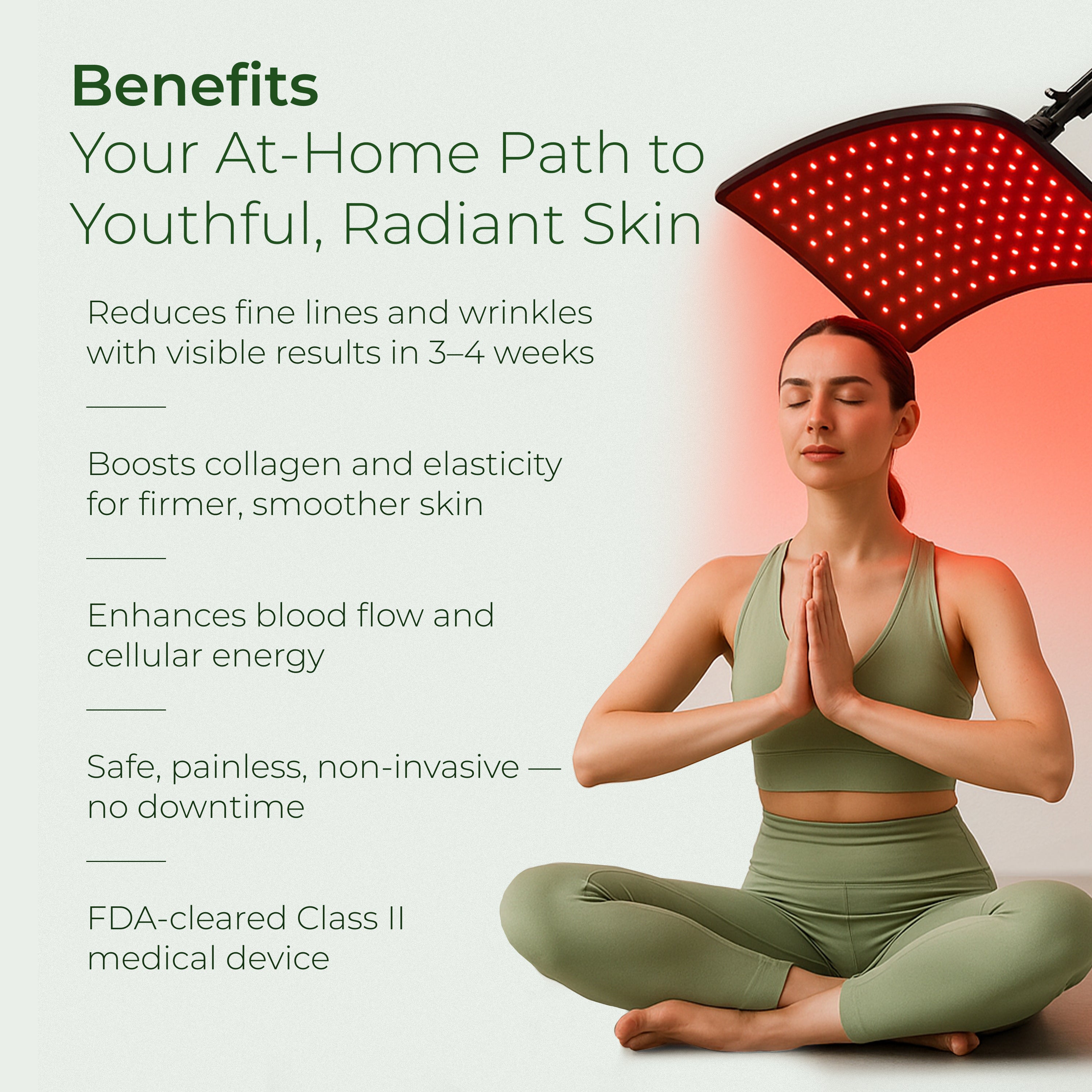
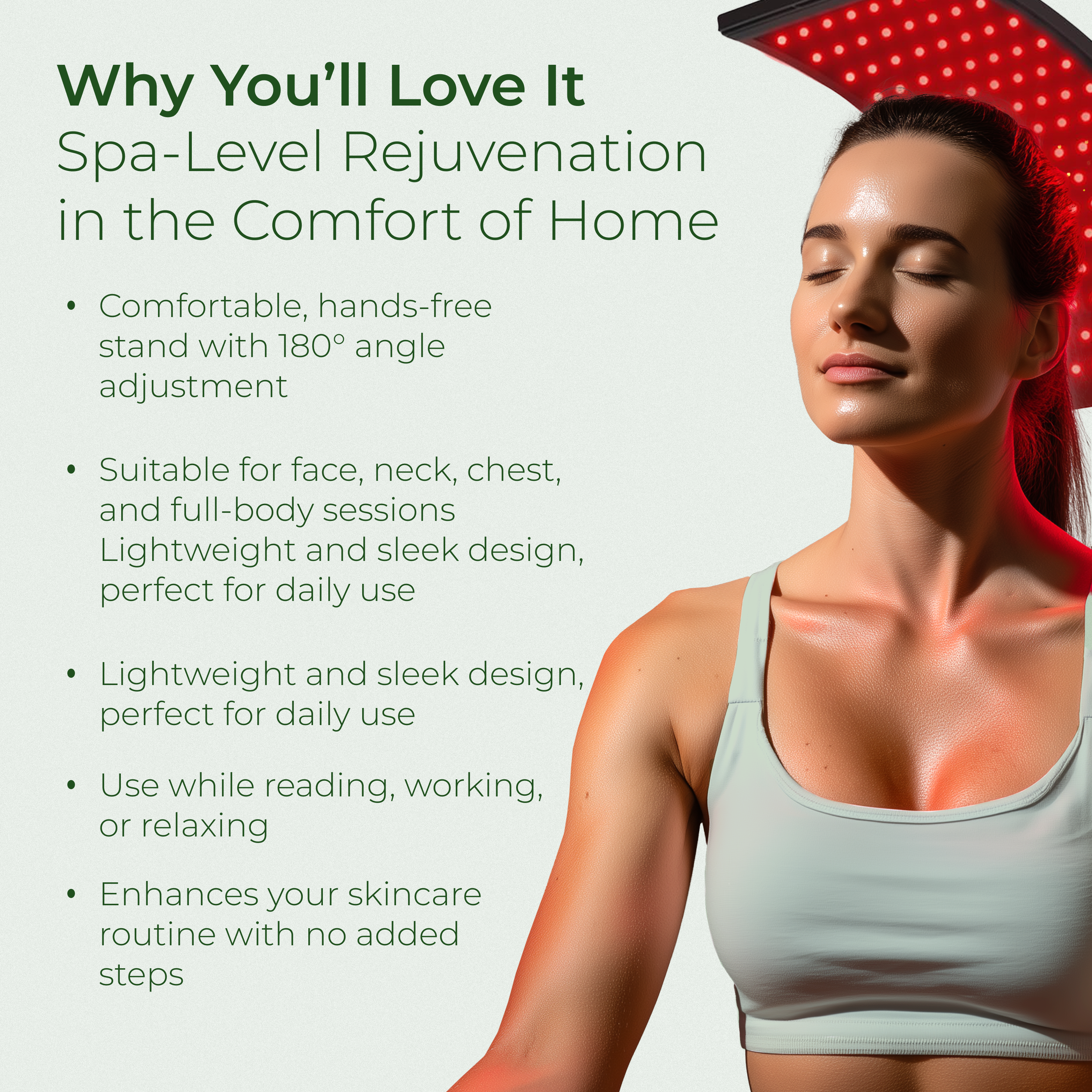
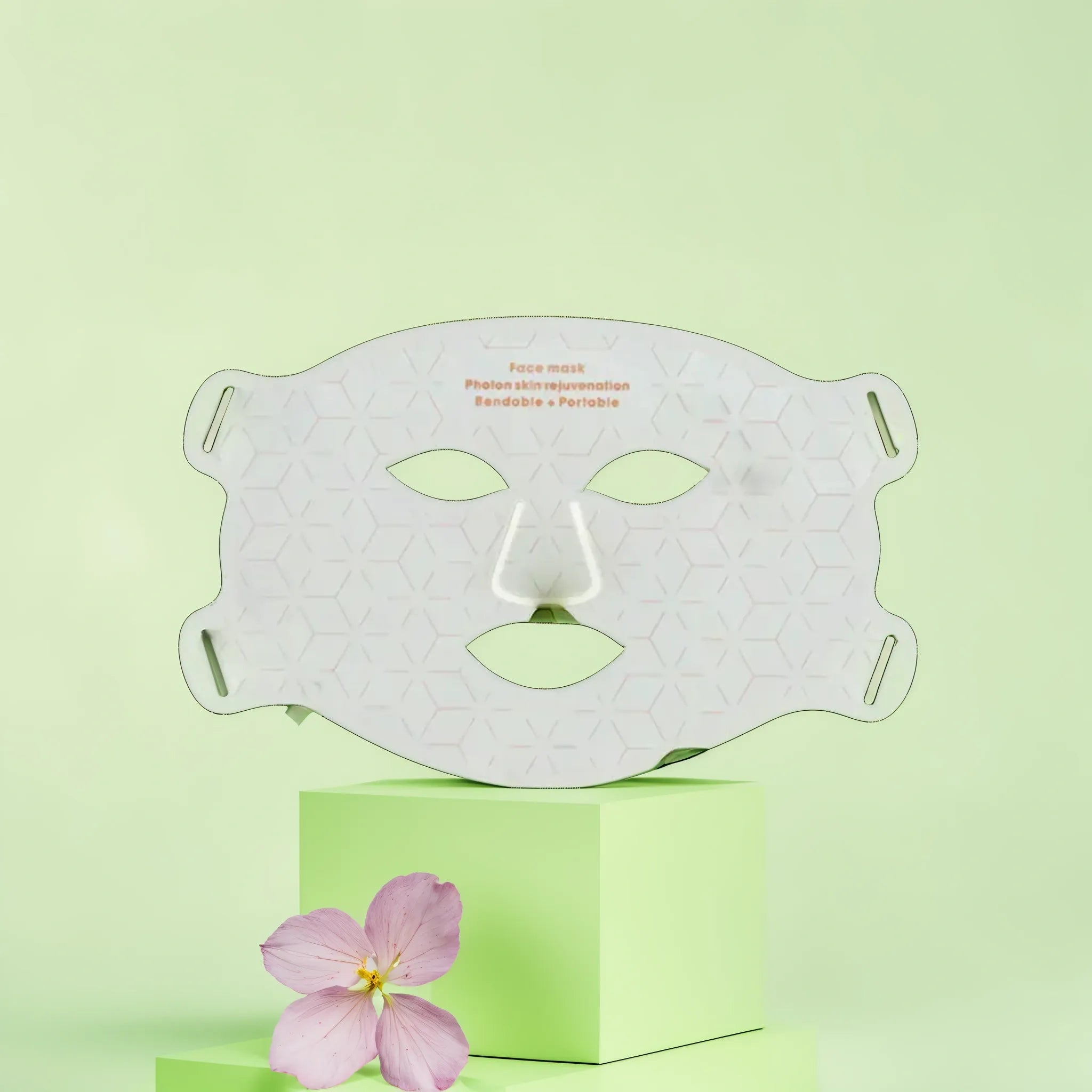
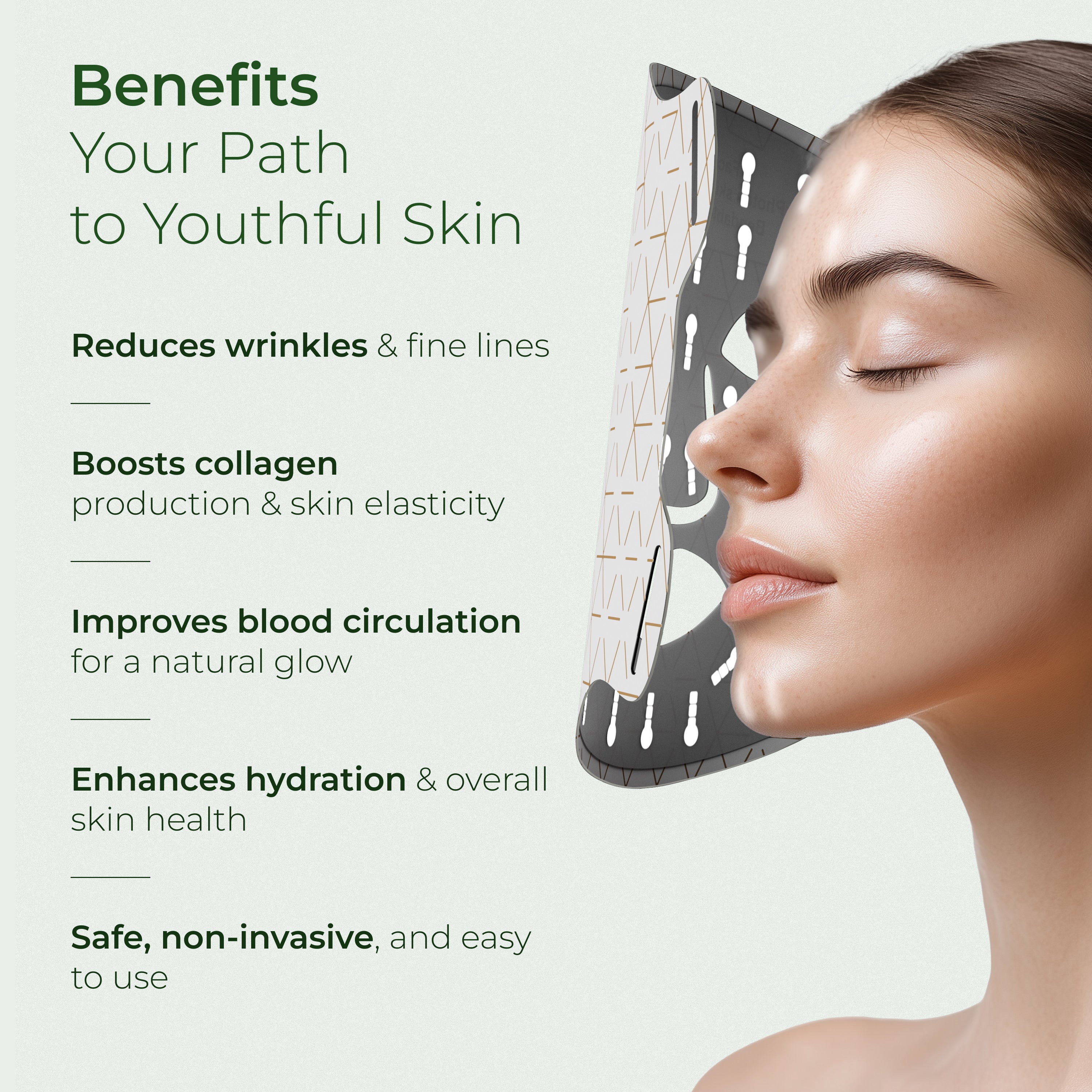


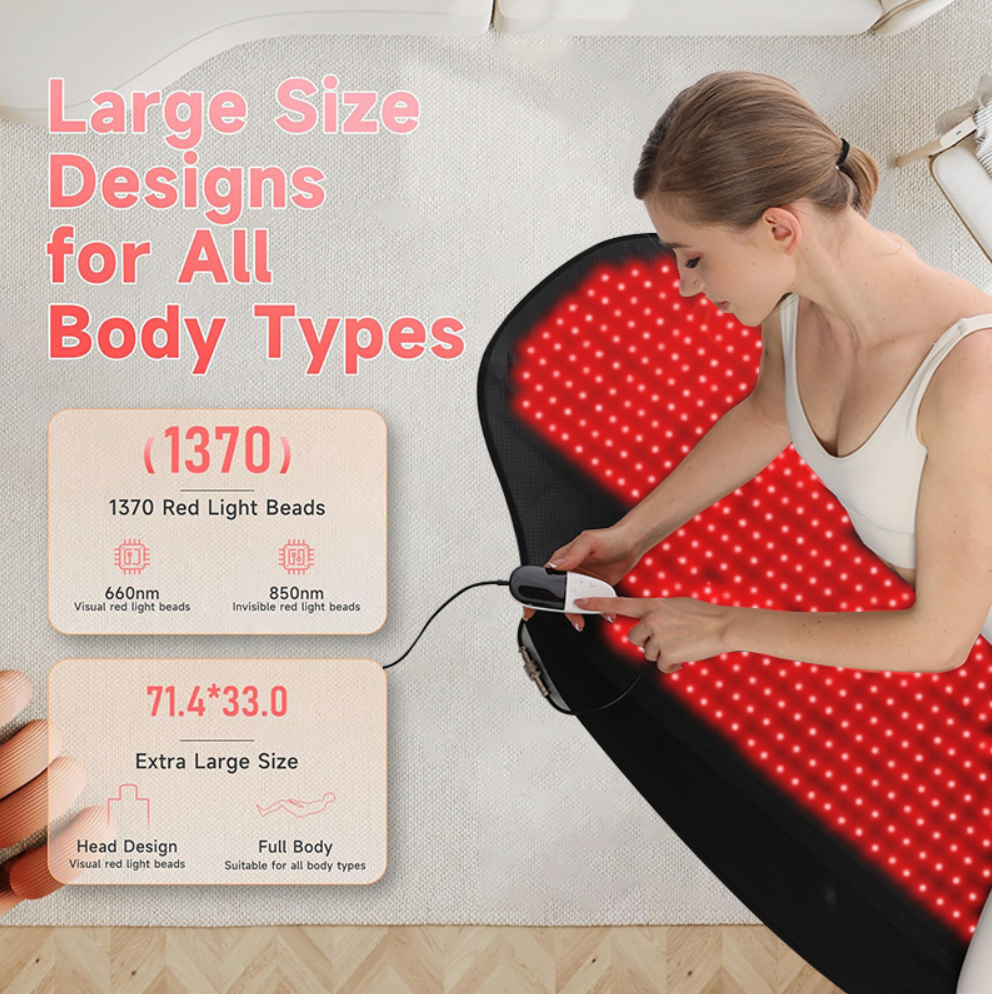
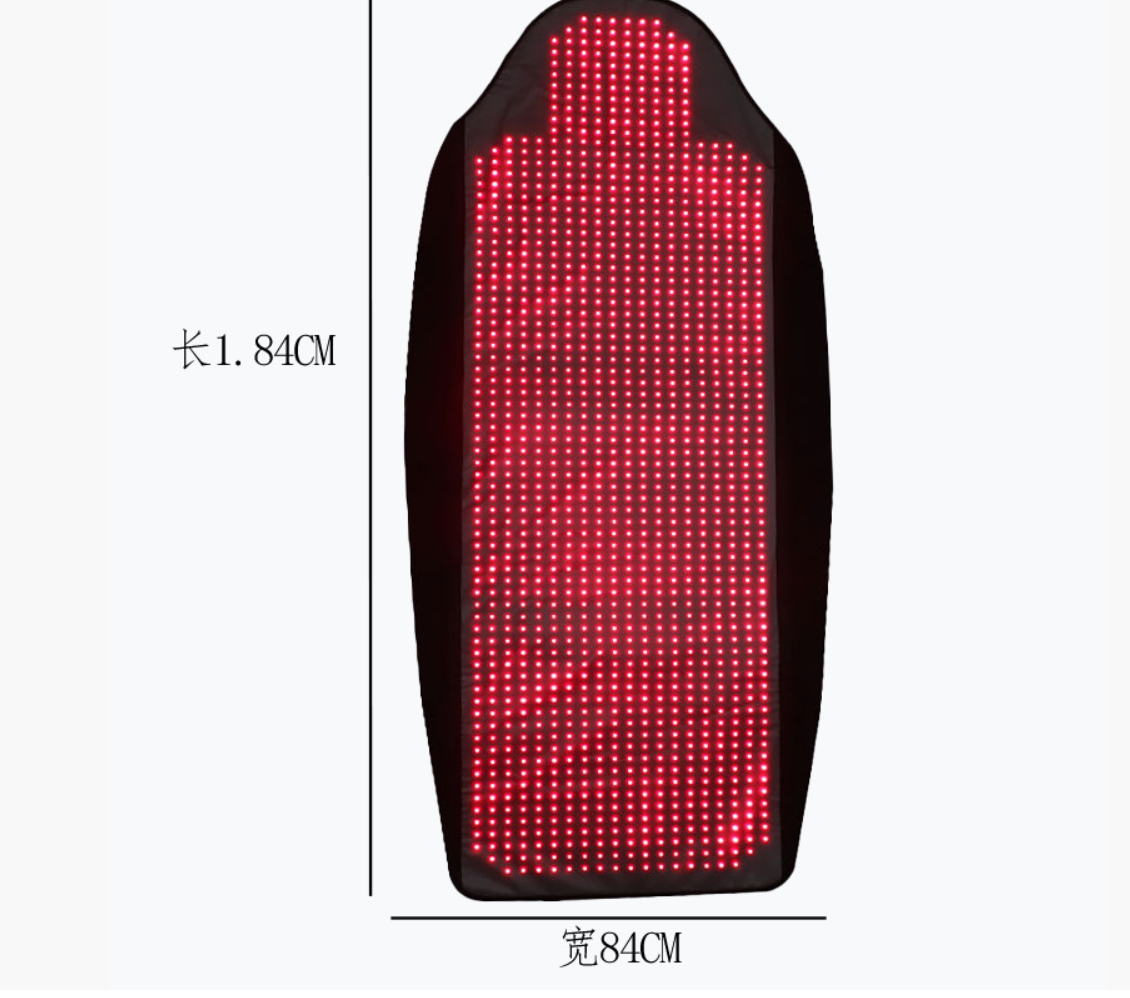


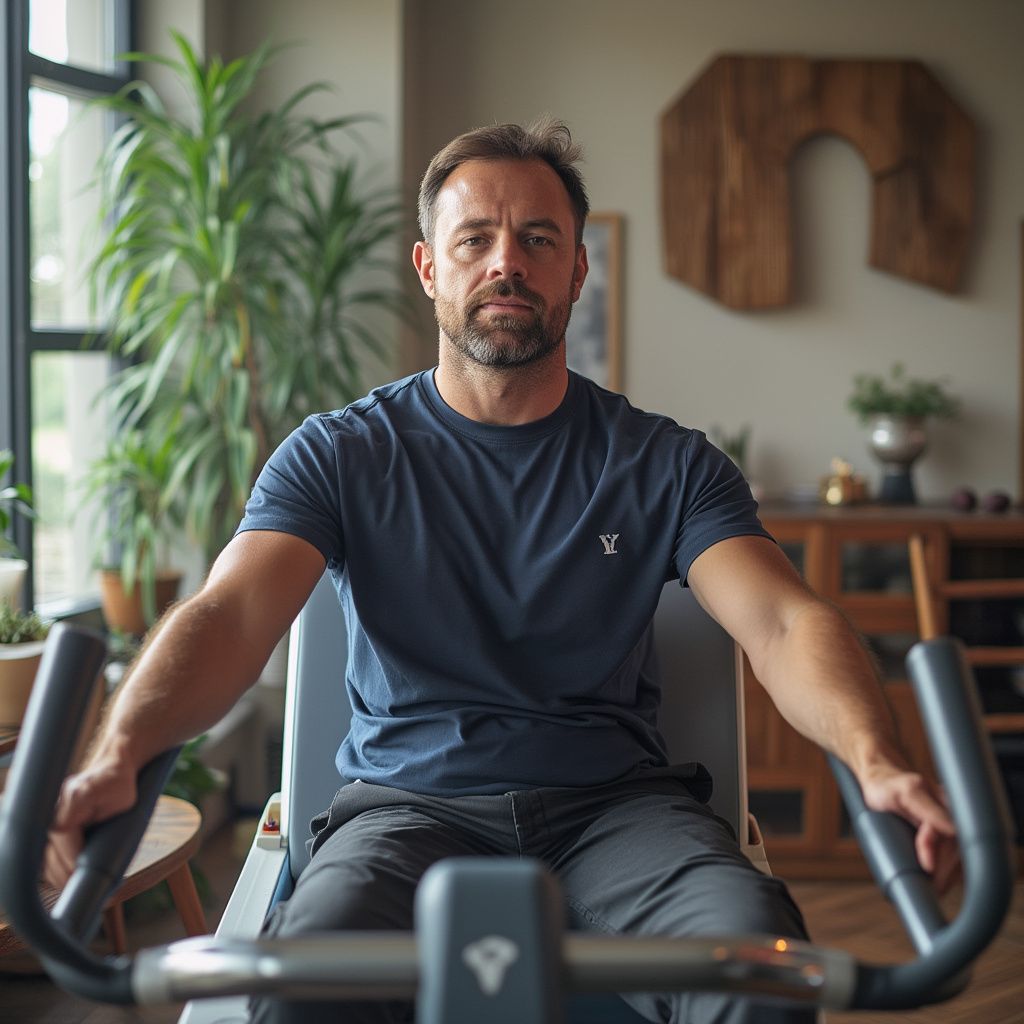
Leave a comment
This site is protected by hCaptcha and the hCaptcha Privacy Policy and Terms of Service apply.